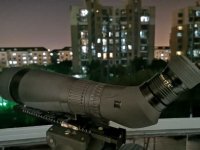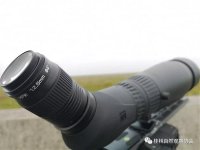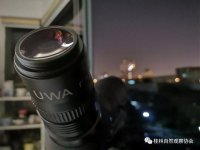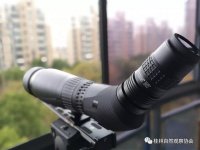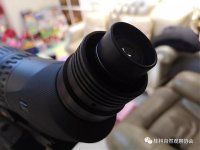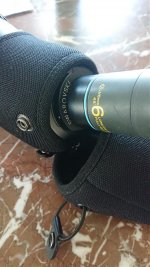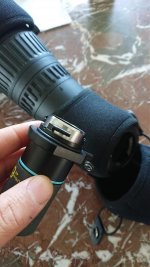Yes Piergiovanni there are indeed special FL lenses but these are glass doped with fluoride of the same kind as in the original FL binoculars although of a different grade. They are not crystal lenses such as are used by Kowa.
Lee
$
Hi thanks for the comments"! I' ve written to Zeiss Italy, yesterday evening, to have more information about this.
By the way "fluorite" on Kowa Sport Optics is not mineral, but an "artificial monocrystal".
I've a great Takahashi FS 128 with "real fluorite" and it has a very high contrast. Too bad that its processing was banned due to the presumed toxicity of the vapors emitted,
Please see my old box in Kowa 8.5x44 review (i've used google translate for brevity)
Mineral fluorite
Fluorite ore is a halide of the monometric group and has a hardness of 4
a specific weight: 3.1-3.2 and a refractive index: n = 1.433, it emits light when it is heated or exposed to ultraviolet radiation. It seems that its name may derive from two factors, primarily from the Latin fluere = merge (since it was used as a flux in metallurgy), It seems, however, that in the Middle Ages, English miners mentioned it as Flower "FLOWER" because of its beauty. Natural fluorite includes traces of rare earth elements that give the stone a purple or greenish color and cause, as anticipated, a fluorescence when subjected to heat or ultraviolet rays.
Synthetic fluorite by KOWA
Fluorite (crystal fluorite), used for the Kowa High Lander BL8J3 Large series and on TSN-883/884 riflescopes, is instead an artificial mono-crystal, for this reason, it does not contain impurities and does not emit fluorescence when heated or exposed with ultraviolet rays. For this reason the artificial fluorite is chemically stable, on the other hand it is more fragile than the mineral one and tends to scratch easily. For this reason, its processing is more difficult during the grinding and polishing phase, but it is possible to create large diameter lenses





